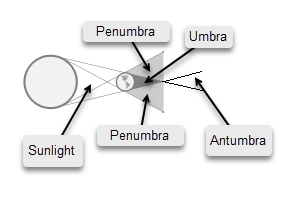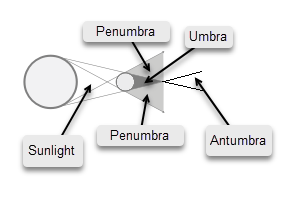eclipseStatus
Syntax
Description
status = eclipseStatus(eclipse_objects)status, which represents the history of solar occultation
status as observed from the parent asset of each eclipse object in the input vector
eclipse_objects.
If the value of the AutoSimulate property of the satellite scenario
is true, the function returns the occultation status history from
StartTime to StopTime. Otherwise, the function
returns the occultation status history from StartTime to
SimulationTime.
status = eclipseStatus(eclipse_objects, datetimeIn)status at the
specified datetime datetimeIn.
[
returns the solar occultation status status,datetimeOut] = eclipseStatus(___)status and the corresponding
datetime datetimeOut in UTC.
[
returns the solar occultation status status,datetimeOut,earthOccType] = eclipseStatus(___)status, the corresponding datetime
datetimeOut in UTC, and the solar occultation type caused by the
Earth (earthOccType).
[
returns the solar occultation status status,datetimeOut,earthOccType, lunarOccType] = eclipseStatus(___)status, the corresponding datetime
datetimeOut in UTC, the solar occultation type caused by the Earth
(earthOccType), and the solar occultation type caused by the Moon
(lunarOccType).
Examples
Input Arguments
Output Arguments
Version History
Introduced in R2023b

